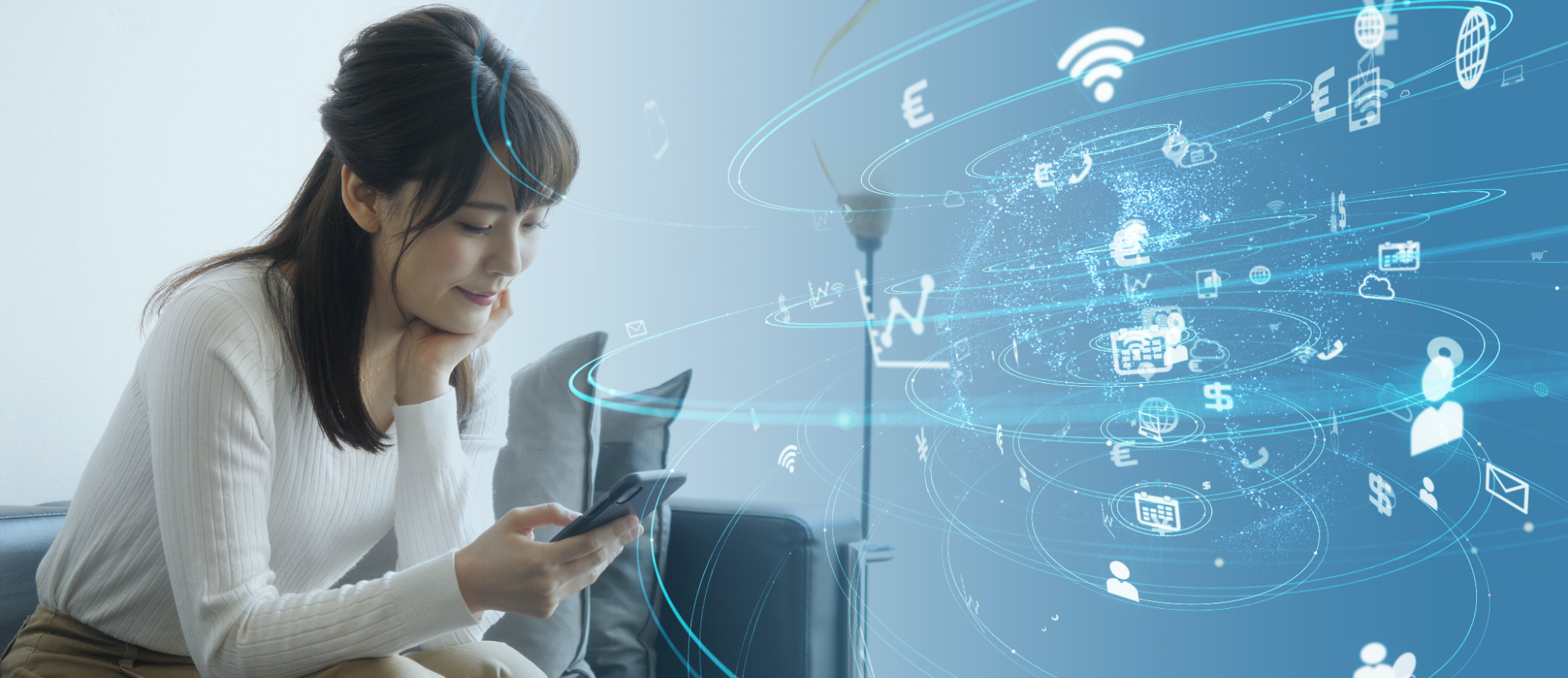Although the Internet of Things has been on a formidable uptrend in recent years, some IoT segments have grown faster than others. This article highlights three less-explored use cases with significant potential to grow and improve everyday life.
Despite the ongoing chip shortage and pandemic-induced supply chain disruptions, the IoT market is still skyrocketing.
According to IoT Analytics, IoT connections are set to reach 27 billion by 2025, primarily driven by rapidly growing segments like manufacturing, transportation, healthcare, and smart home IoT.
Although these high-growth segments will continue shaping the IoT sector for years to come, the industry's long-term growth prospects are also inextricably linked to its ability to penetrate other, less-explored applications.
Read on for three emerging IoT use cases that can achieve significant growth while alleviating everyday pain points and improving people's quality of life.
1. IoT For Home Care
Smart home solutions have transformed multiple aspects of the residential landscape, from energy consumption to entertainment. With
over 200 million smart home devices shipped every quarter, home automation has become an integral aspect of daily life and a key driver for the IoT sector.
Riding the smart home wave is home care IoT, an upcoming sub-segment of home automation and healthcare IoT. The home care technology market recently got a significant boost from pandemic-induced lockdowns, quarantines, and work-from-home measures, which forced people to consider alternative methods of interacting with caregivers.
Over the last two years, the home care IoT market has grown by
around 20%, primarily driven by a higher need for telemedicine, remote patient rehabilitation, and timely elderly care delivery. Increased concern over contaminants has also prompted a higher interest in autonomous cleaning and sanitizing systems.
Early adopters have already started reaping returns from their home care IoT investments. With analysts expecting
a CAGR of 26.2% from the category over the next ten years, home care is set to become a significant IoT driver.
2. IoT For Grocery Shopping
Although online grocery shopping has been around for some time, COVID-19 dramatically boosted the segment. With people confined to their homes, shopping for everyday commodities online morphed from a convenience to a necessity. Now,
according to Acosta, about 45% of consumers shop for groceries online more than they did before the pandemic.
In response to this growth, IoT developers have accelerated efforts to create clever solutions that can help improve the online shopping experience. For example, through
connected devices and virtual reality technology, customers can shop for goods in a more intuitive environment than merely clicking icons on a retailer's website. Meanwhile, with the help of IoT and self-driving technology, grocery delivery trucks can go fully autonomous, improving efficiency and safety.
Home appliances manufacturers have also started equipping their products with IoT capabilities to help users better manage grocery usage. For instance,
Amazon is developing a smart refrigerator that can continuously track its content to deliver valuable insights like under-stocked, over-stocked, and expiring commodities. The unit reportedly also leverages artificial intelligence to predict what a user might want but is not in the fridge and offer tailored shopping suggestions.
3. IoT for Education
Unlike healthcare, which is already seeing widespread IoT adoption, education is just beginning to embrace the technology. From online courses to integrated mobile technology, IoT is gradually supplanting pencils, papers, and chalkboards as learning opportunities and teaching approaches evolve.
Current education projects range from
interactive displays that combine natural writing, touch, and dry-erase technologies with cloud-based lesson delivery software to
scanners that can quickly capture editable text from books and papers directly into a phone or computer.
IoT is also finding use in controlling student access to physical facilities and digital resources. For example,
U.K.-based Magicard makes smart cards that, when presented to an authenticating reader, allow students to enter a classroom, laboratory, or library, log attendance, and access e-learning resources.
Education IoT owes much of its recent growth to the COVID-19 pandemic. Nevertheless, considering its immense potential, the segment could become one of the most critical drivers of the IoT industry in the coming years. With IoT, education can be better-connected, more collaborative, and more professional, benefiting both schools and students.
How Will Emerging IoT Segments Shape the Industry?
The Internet of Things has already revolutionized many aspects of daily life, but there are still opportunities to expand and improve. As developers gradually move away from increasingly saturated markets like manufacturing, emerging segments like home care, grocery shopping, and education are forming the new ground zero for IoT innovation.
Although growth in pioneering IoT sectors is not expected to slow any time soon, new categories will likely be even more exciting down the road. If you are an IoT developer or supplier, venturing into these segments is an effective strategy for getting ahead of the competition and expanding your positive impact on everyday life.
Create an
IoT2Market account and get even your unconventional IoT projects the visibility they need to gain traction.




